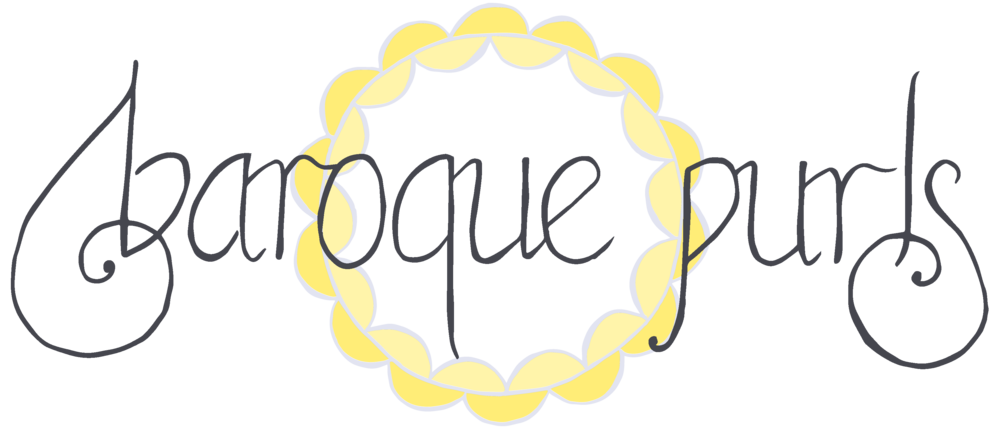A provisional cast on is a method of beginning a project using waste yarn that will be unpicked later, leaving 'live' stitches which can be loaded onto your needles for grafting. A few of my cowl patterns call for a provisional cast on: Cinnamon Stars, which is knit in the round as a long tube and then grafted, and Folia Loop and my latest Aether Cowl, which are both knit flat and then grafted.
I like the perfectly invisible graft that this technique makes possible - for me, it's well worth taking the extra trouble when casting on. My favourite provisional method is the Crochet Provisional Cast On, which involves crocheting around your knitting needle using waste yarn.
Read MoreDo you like your shawls and wraps to be as big and cosy as possible? Many patterns are easy to enlarge, if you have extra yarn on hand. And if you'd like to make a smaller shawl, because it would suit you better or you're short of yarn, the principles are exactly the same. I like to include suggestions for customising the size in my patterns wherever possible, so your project will come out Just Right.
The designs which are simplest to re-size have an all-over stitch pattern, and I'll be focusing on these since several of my shawl and wrap patterns are in this category.
Read MoreAs promised, here is the tale of how I got the colours to pool so nicely in my smaller Rainbow Cake hat. The pastel rainbow colours of the yarn (Madelinetosh's Pure Merino Worsted in 'Pocket Rainbow') practically demanded that I have a go at controlled colour-pooling, and I couldn't be happier with the way it worked out. :)
The first step, of course, was swatching.
Read MoreI love a picot bind off on a shawl! The little picot-bumps along the edge add an extra dose of lacy prettiness, and it's also a nice and stretchy method, which makes it perfect to use with lace. Two of my shawl designs call for a picot bind off: Budburst and Liquid Honey.
The picots are created by casting on a few extra stitches, and then binding off normally to the place you want your next picot to be. Casting on more stitches creates a larger picot, and binding off more stitches spaces them further apart.
Read MoreHere's the situation: you've just finished knitting something with fantastic texture, either in cables or knits-and-purls, and now you need to block it. Wet-blocking, where you soak the project before laying/pinning it out to dry, can really flatten out texture, especially if you've used a yarn that doesn't 'bounce back' much once it's dry (like an alpaca or silk blend).
I had just this dilemma when I finished my Beeswax Scarf! I had wet-blocked my swatch and been disappointed by how flattened-out it was. Obviously, I was keen to try a different blocking method that would preserve more of the lovely texture!
Read More